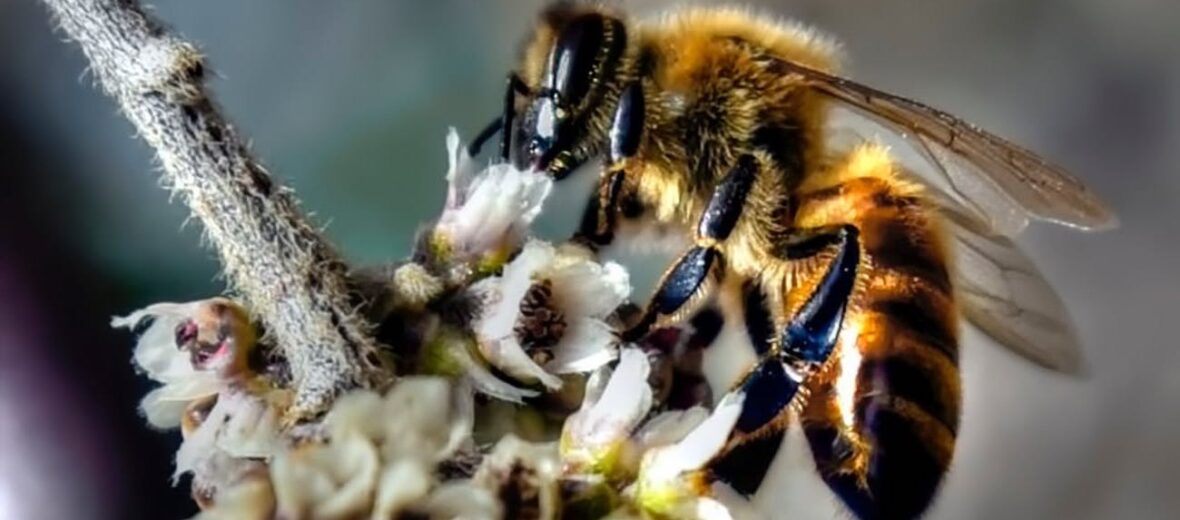
The Himalayan honey bee has an affinity for Rhododendrons. The honey they produce gives new meaning to high in the Himalayas. These bees can be found in the forested cliffs of Bhutan, Myanmar, India, Yunnan, Nepal, Laos, and Vietnam. Collecting this rare honey is no small feat and has led to deaths, not to mention the accompanying slew of stings too. This article is on special request from Nick.
First the Stats…
Scientific name: Apis laboriosa
Length: Up to 1.2 inches
Lifespan: Up to 60+ days
Now on to the Facts!
1.) These bees can survive altitudes of up to 13,000 feet!
2.) They make honey out of the regurgitated pollen found only in a certain Rhododendron flower. This flower is normally very poisonous to humans and animals.
3.) Himalayan honey bees only create their hives on south-western facing cliffs.
4.) The name of the honey is called “mad honey” due to its effects on the mind.
5.) Their sting is more painful than a standard honey bee and it can pierce through most beekeeper’s suits.
But wait, there’s more on the Himalayan honey bee!
6.) There are 3 different types of honey created throughout the year: red honey, created from flowers at higher altitudes; spring honey created from flowers at mid to lower altitudes; and finally autumn honey, created from any random site.
7.) Translated to U.S. dollar, this honey fetches a price of $60 – $80 a lb.!
Did you know…?
Normally grayanotoxins, found in the Rhododendron flower are very toxic, but the bees are able to produce a reddish colored honey from these flowers that has hallucinogenic properties in small doses. Larger doses of this honey can be dangerous though.
8.) Once you’ve ingested the honey, you will typically urinate, defecate, and/or vomit. Once that pleasantness is over you move in and out of a type of blindness. A “jam jam jam” sound pulsates in your head. Even though you’re totally lucid you are paralyzed for a day or so, till the effects wear off.
Now a Short Himalayan Honey Bee Video!
Also, check out the Critter Science YouTube channel. Videos added frequently!
Want to suggest a critter for me to write about? Let me know here.



